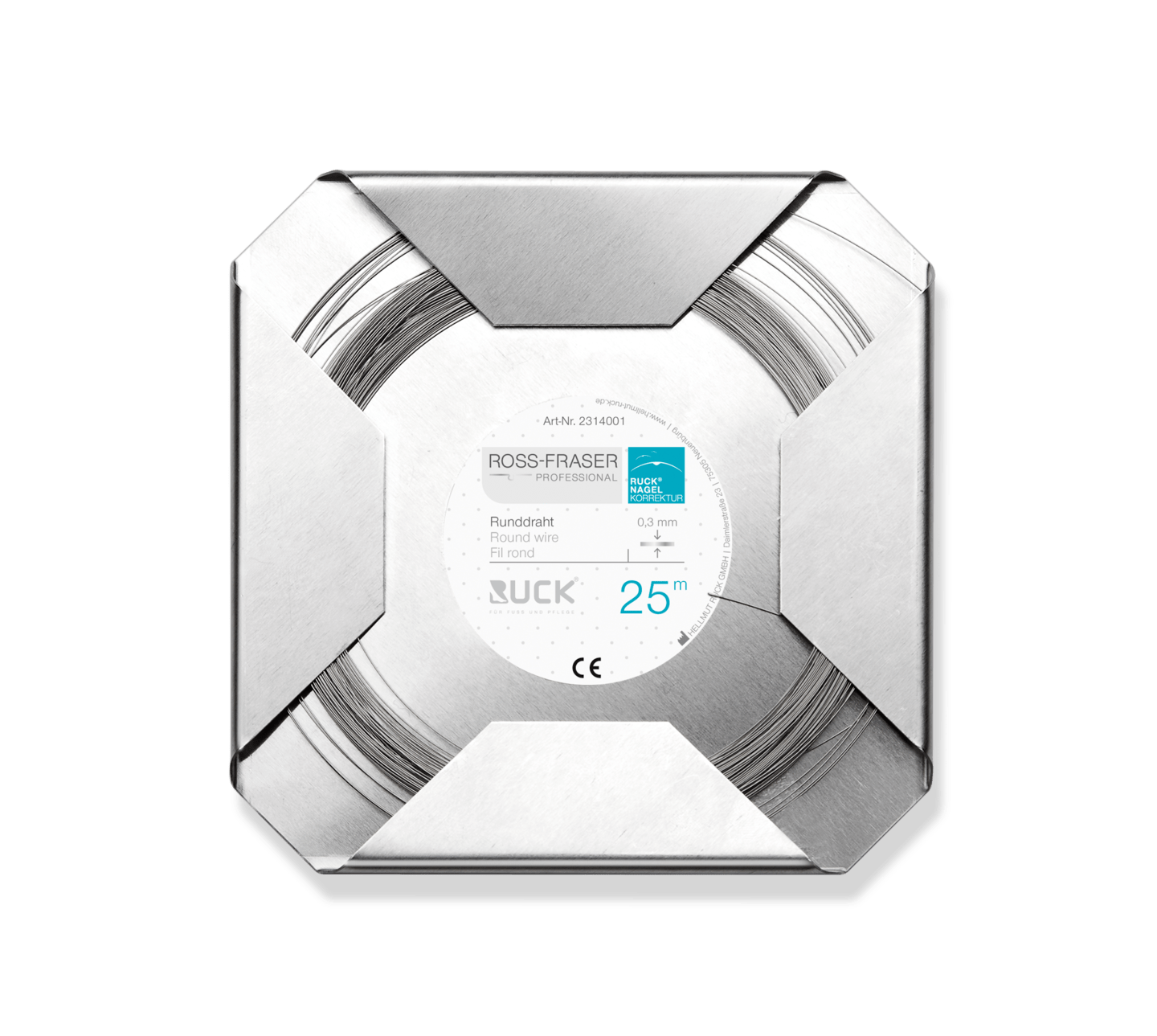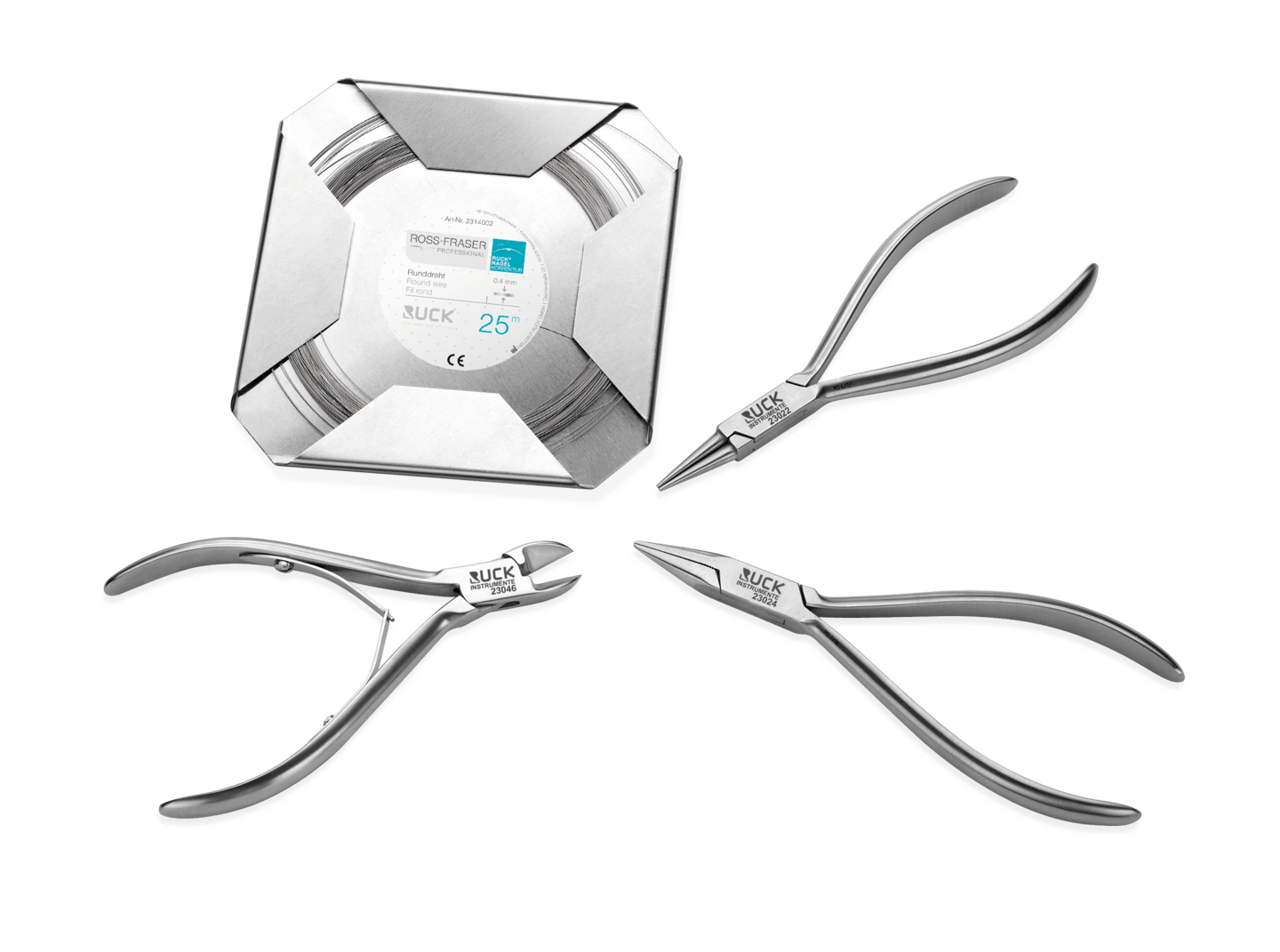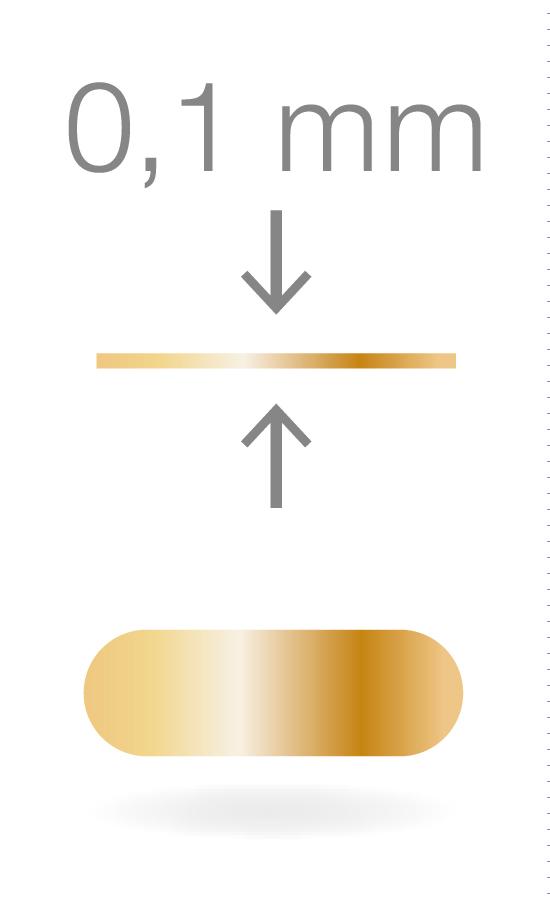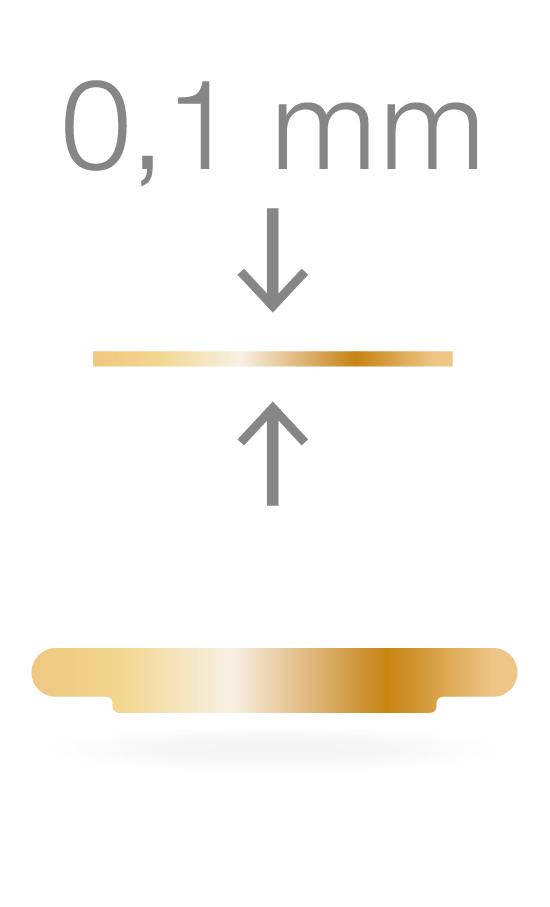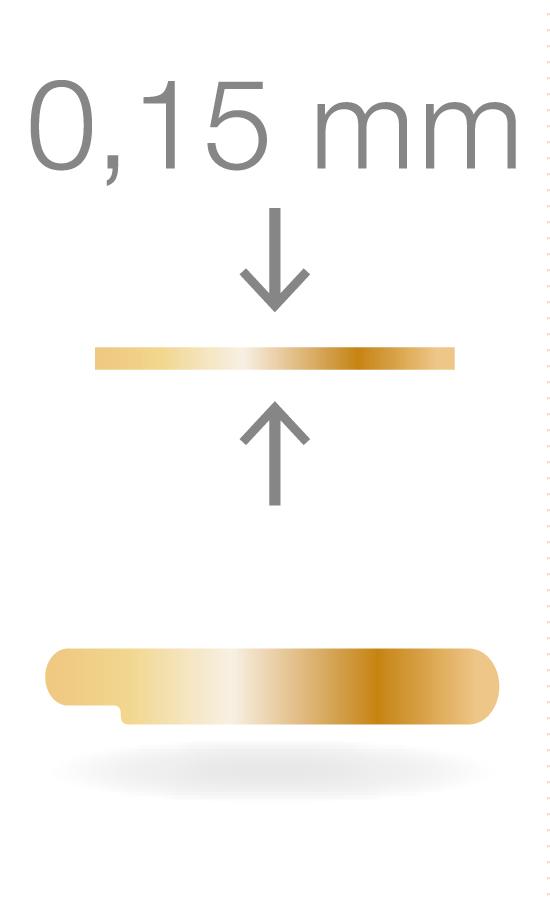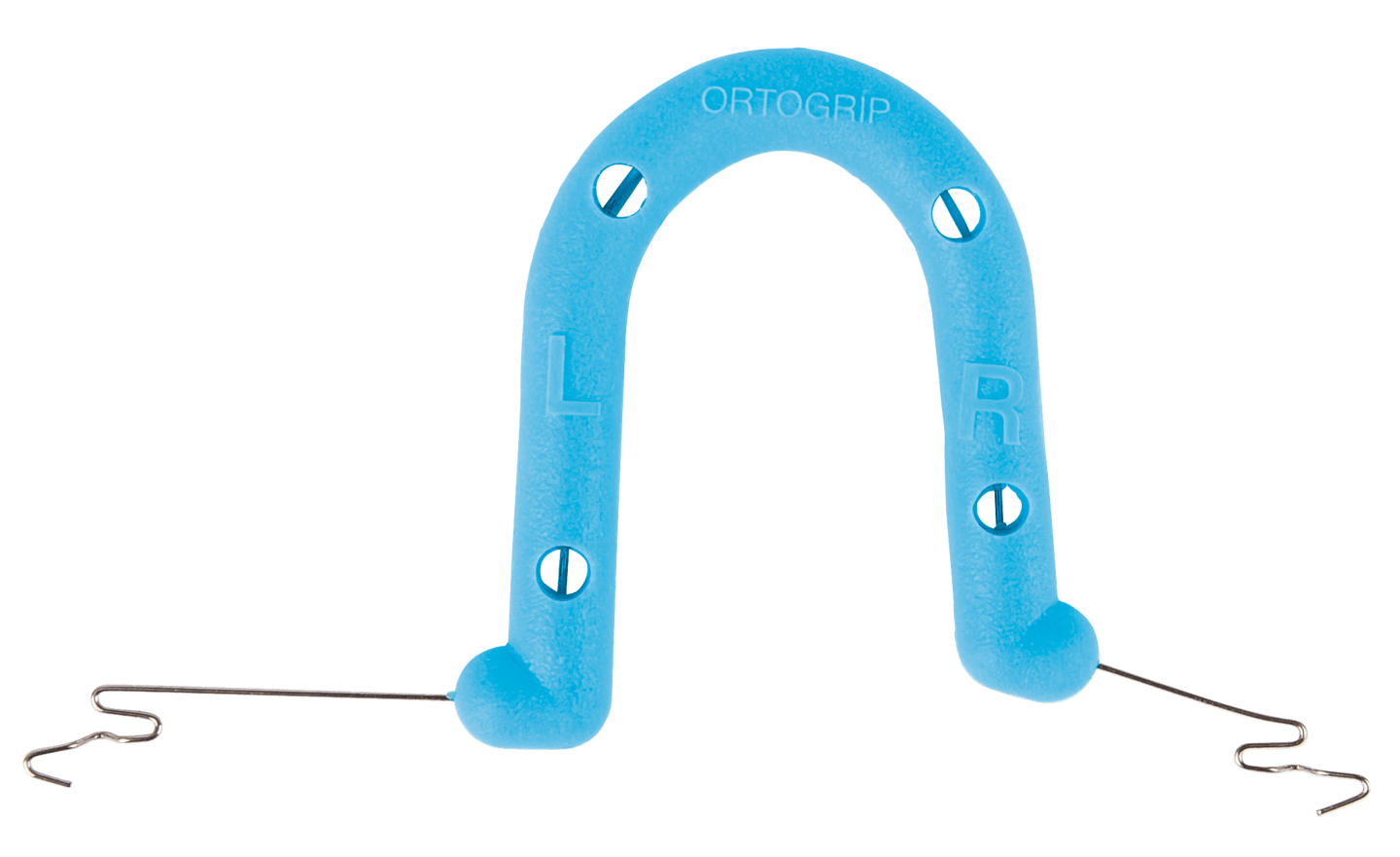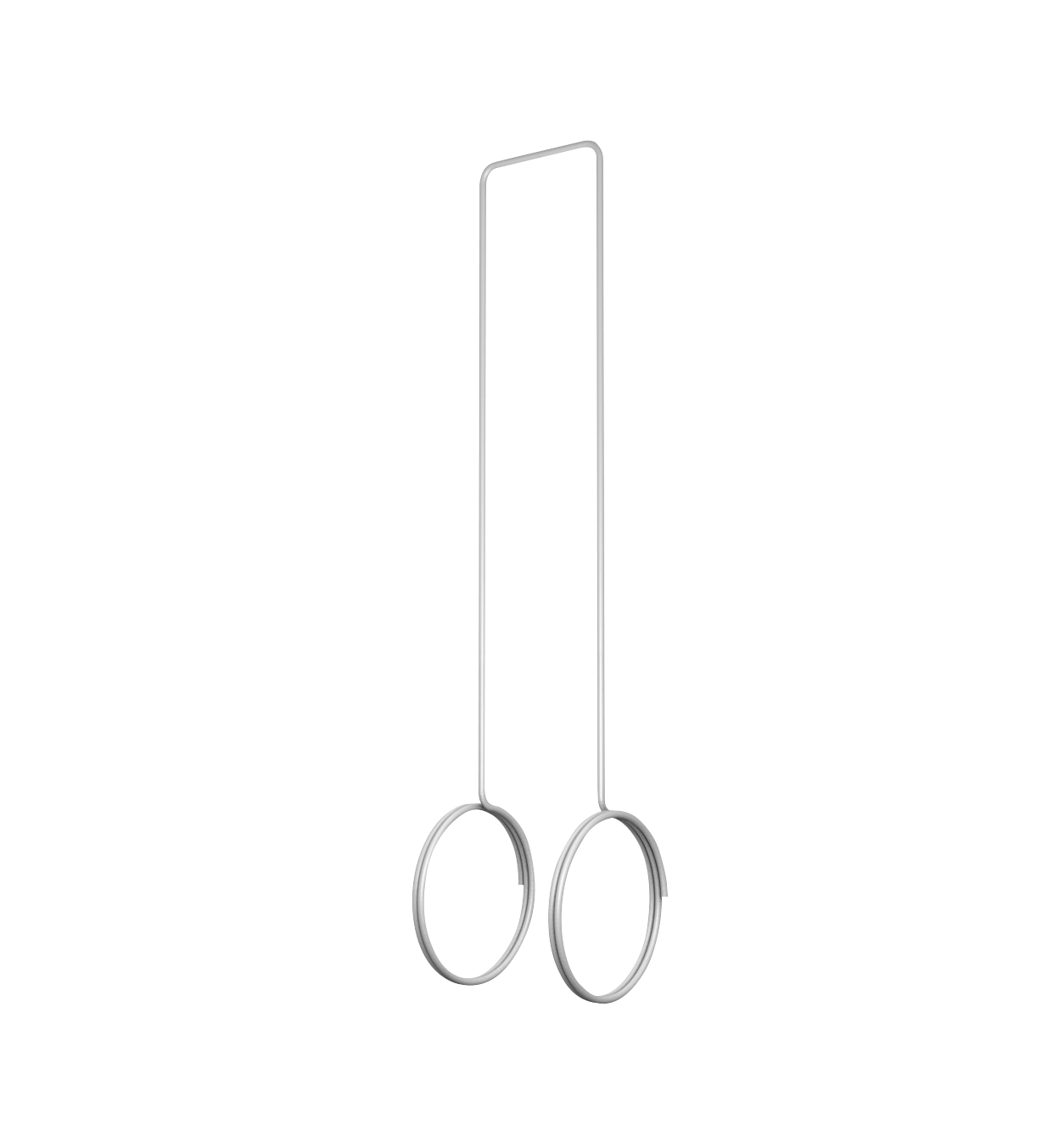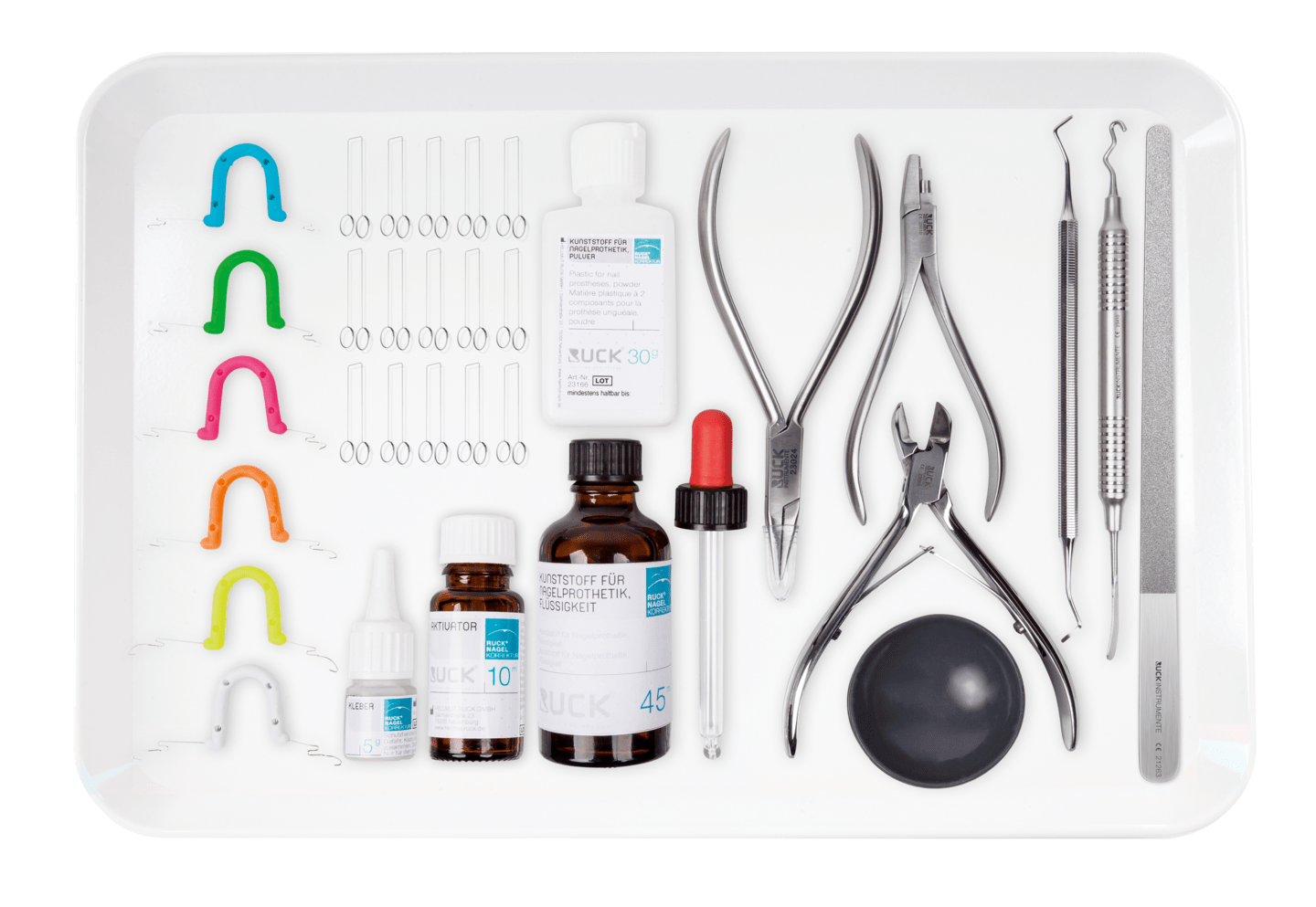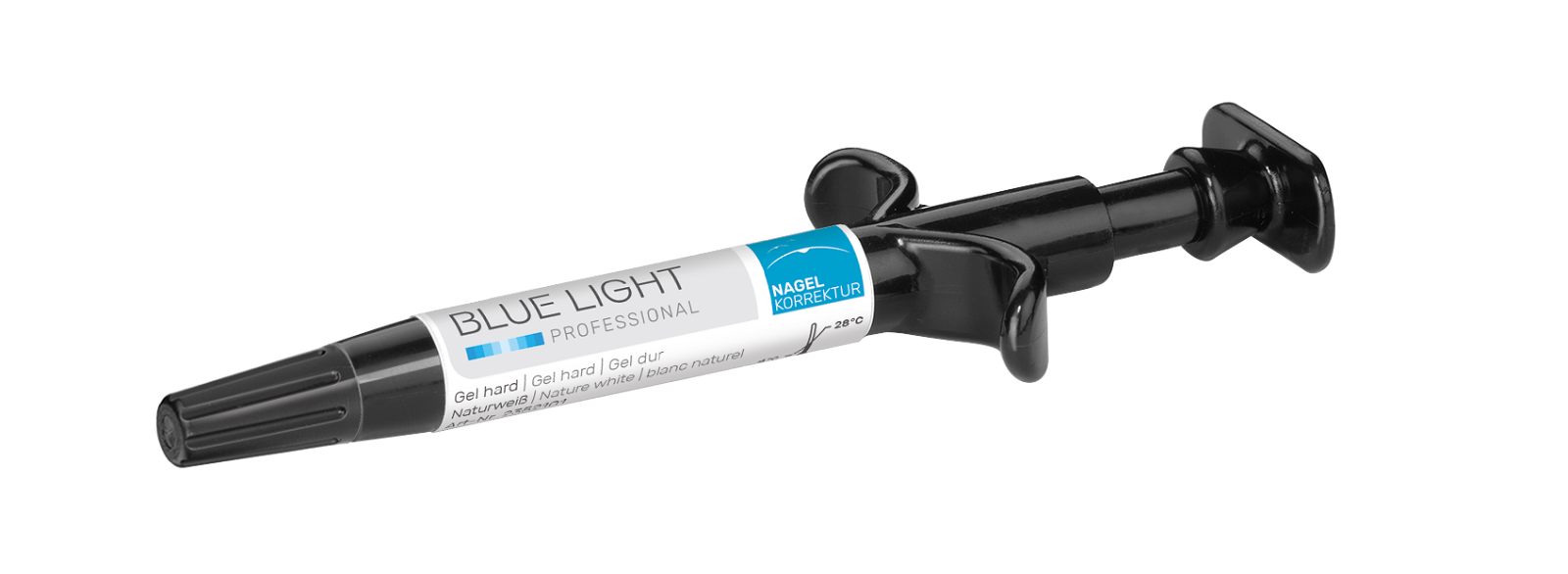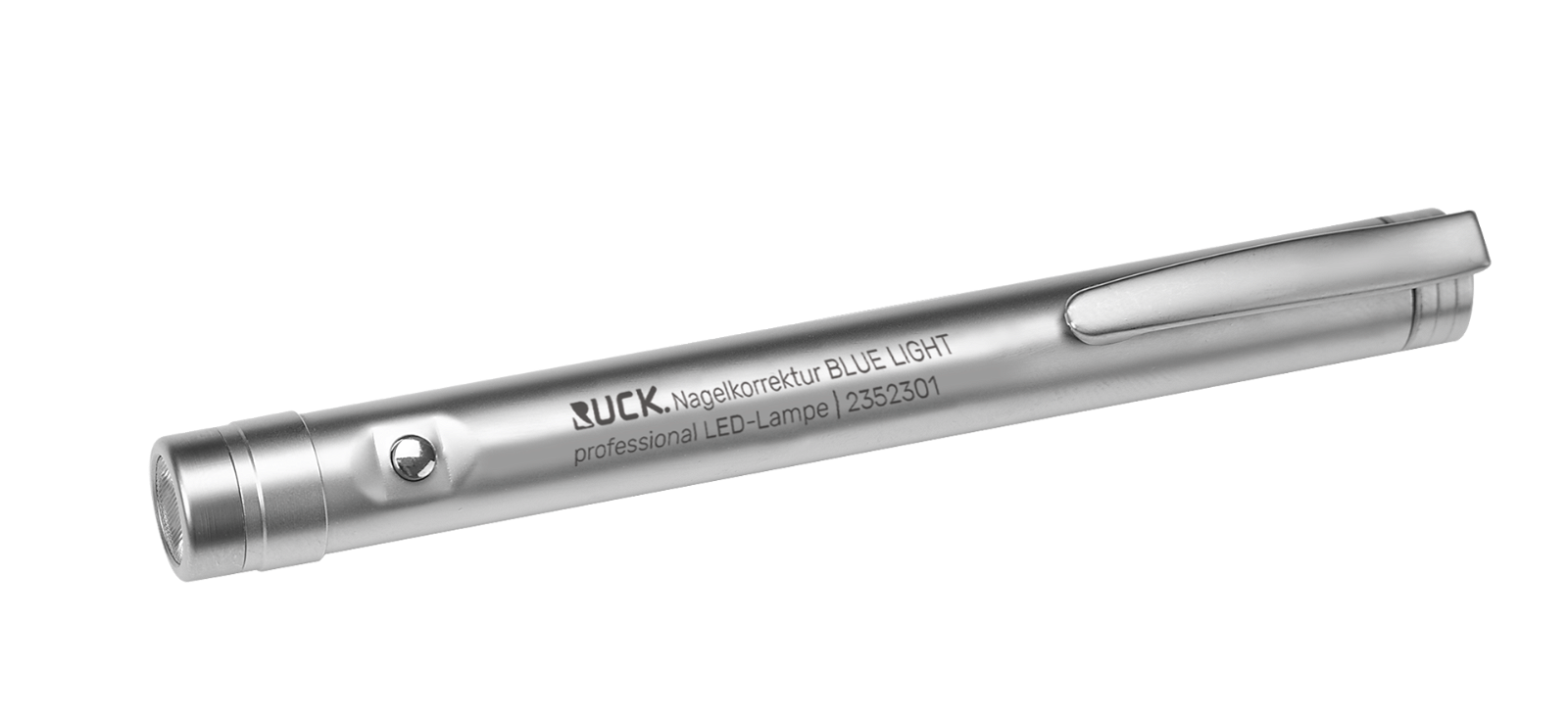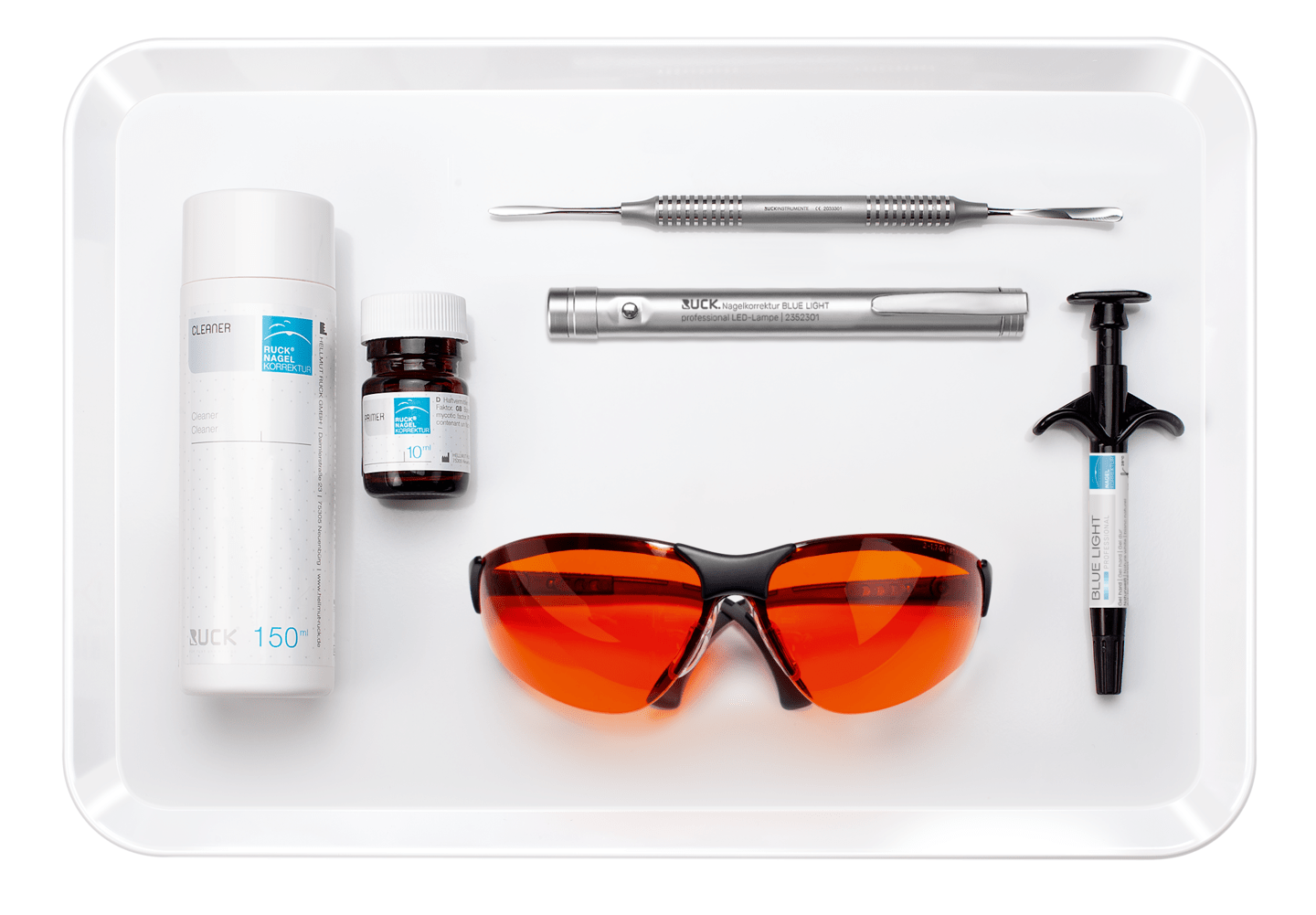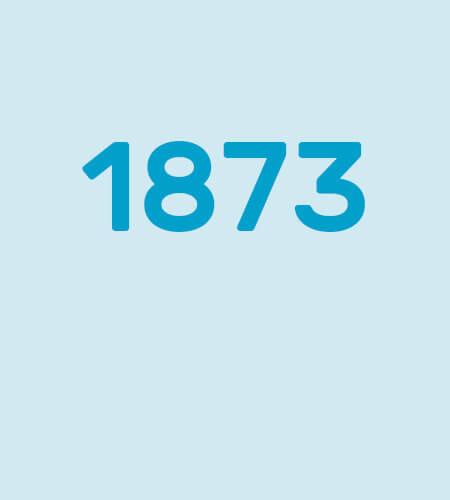
Edward E. Stedman (USA)
Wire brace, with the middle part in the
shape of an inverted omega - M-shape.
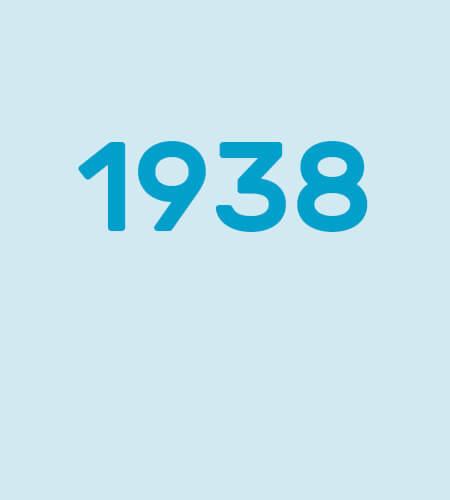
Rosenstein (England)
Two holes on each side of the nail, tension
connection with surgical thread.
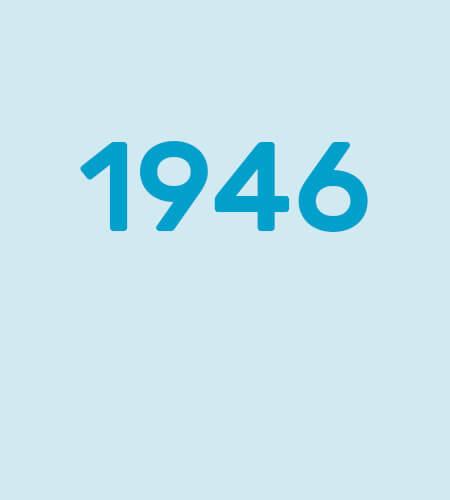
Dr. William M. Scholl (England)
Sterling sliver brace with two middle loops in three versions.
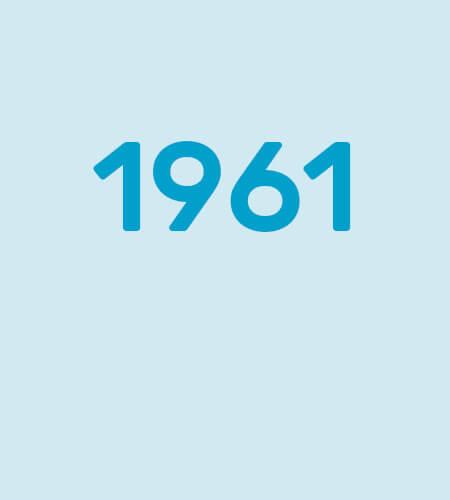
Alexander Ross-Fraser (Scotland)
Unilateral (one-sided) brace made of steel wire with a wire mesh fixation.
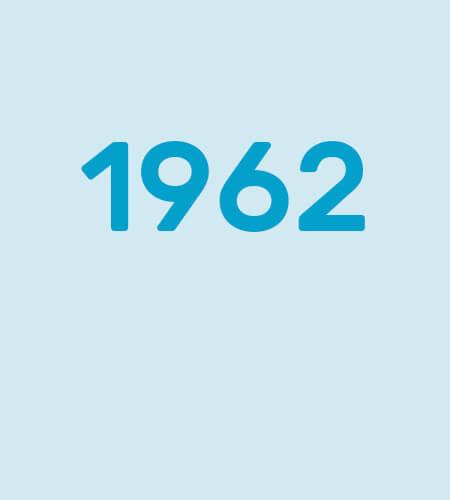
Alexander Ross-Fraser (Scotland)
Bilateral brace with two end loops, and
omega as the pivot point.

Waldmann (Netherlands)
Corrugated/uncorrugated wire brace,
plastic brace.

Stanislaus Gorkiewicz (Austria)
Flat spring clip without
central loop.
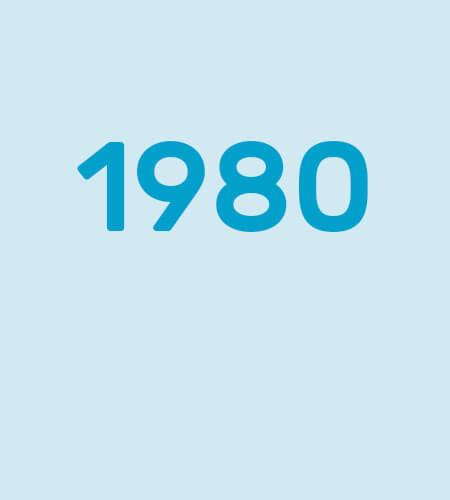
Plouchart (France)
Brace made of spring-hard steel
wire in triangle design.
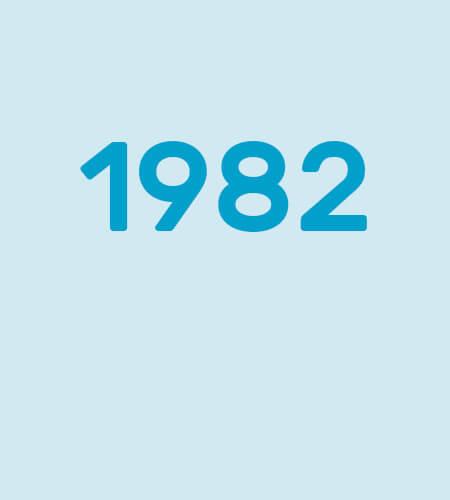
David E. Wilson (USA)
Stainless steel brace in arch design.
Erkodent (Germany)
Erki technique - two plastic hooks, with central rubber ring controlling the tension.
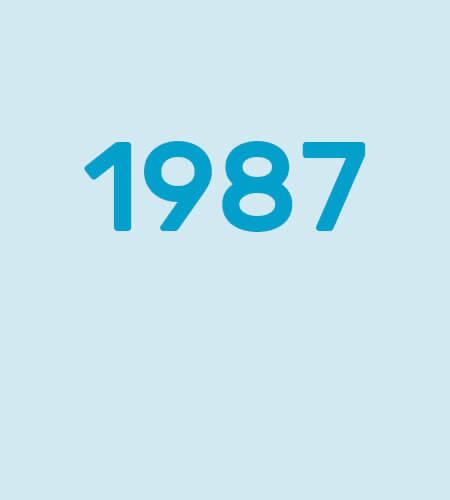
Bernd Stolz (Germany)
B/S brace, bonded brace made of glass
fibre-reinforced thermoplastic.
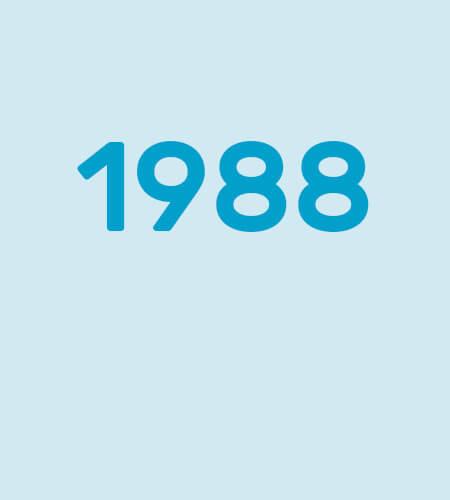
Elvira Osthold (Germany)
Three-part stainless steel brace using VHO
(Virtuoso Human Orthonoxy), central loop.
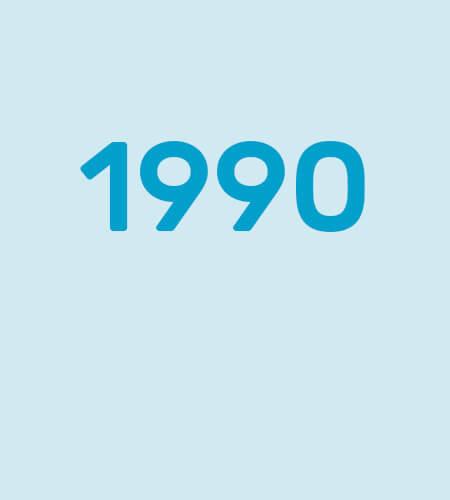
RUCK (Germany)
Goldstadtspange.
Erkodent (Germany)
Onyclip - adhesive brace made of plastic-coated stainless steel.

Elvira Osthold (Germany)
VHO-Osthold Perfekt: three-piece
stainless steel brace, adjustable tension.

3TO GmbH (Germany)
Active adhesive brace Podofix, elastic
plastic pad and activation wire.

RUCK (Germany)
ORTOGRIP professional + GOLDSTADT professional

RUCK (Germany)
BLUE LIGHT professional, light curable gel
for passive nail correction
Podiatrists have a rich history of developing aids and techniques to facilitate low-pain treatments for ingrown nails, dating back to the late 19th century. During this period, they ingeniously introduced the concept of using leverage and spring forces to alleviate discomfort caused by nail edges. This pioneering approach gave rise to the brace technique, which continues to be used in various forms to this day. However, working with these braces requires not only mechanical skills but also comprehensive training and practical experience.
One brace that has maintained its significance since the 1960s is the Ross-Fraser brace. Widely recognised as the “training brace” in Germany, it serves as a valuable tool for demonstrating all aspects of an effective nail correction system. Constructed from spring steel wire of varying thicknesses, this brace demands meticulous preparation, making it a time-consuming and detail-oriented process. Nevertheless, the results are truly worth the effort! The adjustment to the nail is remarkably precise, carefully tailored to address
the specific issues of each patient. Thanks to the exceptional networking efforts of Hellmut Ruck senior and Josef Greppmayr with podiatry experts across Europe, this brace found its way to Germany. They even organised a meeting in Pforzheim with Alexander Ross-Fraser, the Scottish inventor of the brace, which served as a pivotal moment for the tremendous success of this enduring method for correcting ingrown nails.
Another widely used flat correction technique, particularly in Austria, is the Gorkiewicz spring brace. Unlike other braces, this one eliminates the need for a central loop and offers exceptional wearer comfort with its slim 0.2 mm material thickness. It is particularly suitable for milder cases. However, when dealing with more advanced problems and hard nails, it may lack the necessary leverage. In such instances, the GOLDSTADT brace from RUCK proves to be a significantly more effective alternative.

In 1990, RUCK collaborated with experienced podiatrist Wolfgang Knörzer to develop a custom-cut brace made of gold-plated spring steel. Inspired by the company’s origins in Pforzheim, the brace was named the GOLDSTADT brace. Pforzheim has a rich history in the jewellery and watchmaking industry and is known as “Goldstadt” which is German for “gold town”. One notable advantage of the brace is its ultra-thin profile (0.1 mm), requiring minimal space in the nail fold. It is also versatile, with the introduction of different versions in 2015, including full, half, and adhesive braces. The gold coating ensures improved bonding and provides protection against allergic reactions. Under the GOLDSTADT professional brand, the enhanced brace now offers greater comfort and effectiveness in pre-fabricated options.
Elvira Osthold took a unique approach with the VHO Osthold brace. Specifically designed for pain-free treatment of severely ingrown nails, it is commonly referred to as an “acute brace”. It consists of three parts - two legs positioned in the nail fold and a middle loop with adjustable tension.
Available in various pre-made versions, fitting the brace yourself requires less expertise compared to custom-made wire braces. The inclusion of a wire loop in the central section allows for precise adjustment of tension on both legs.
Building upon this concept, the ORTOGRIP professional nail correction system was developed in 2015. In collaboration with Elvira Osthold, RUCK has created a new brace system that retains all the advantages of the Osthold technique while enhancing usability and clarity. Known as “the brace with a handle,” it not only features an improved coloured plastic element but also provides a clearer distinction between wire thicknesses through colour-coded models. When combined with teaching models for self-study, this opens up new possibilities for professional and effective treatment of many nail problems.
The latest innovation from RUCK introduced in 2021 is the BLUE LIGHT professional. This mouldable and light-curable gel is specifically designed for passive nail correction.
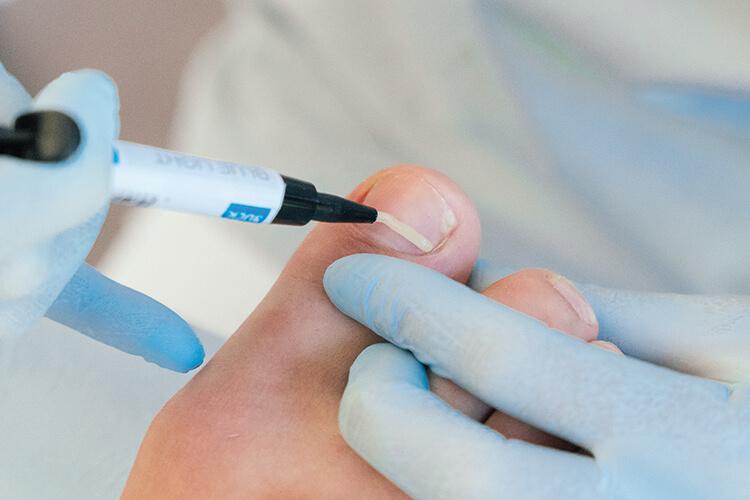
Related products





















































